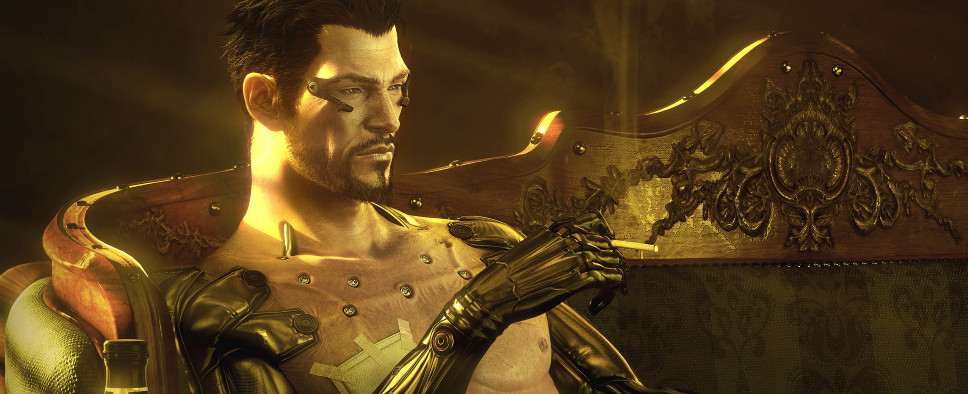Deus Ex: Human Revolution Level Design Blog, Part One
-
Category: News ArchiveHits: 3416

Eidos Montreal lead level designer René-Martin Pauzé penned a detailed blog post on the design philosophy behind Deus Ex: Human Revolution's levels, going into detail into what games inspired the team, the guidelines that were set internally, and even the training level designers had to undergo before being able to work on the actual game levels. This is only the first part of a larger feature, so expect more on the level design of the 2011 prequel of Deus Ex in the near future:
The first thing we did was replay the first two Deus Ex games. We had to take lots of notes to truly understand what exactly defines the Deus Ex experience, and how to design our levels with challenges based on the game pillars (Combat, Stealth, Hacking, Social and Exploration).
The major element that we took into consideration was the fact that the game is an Action-RPG. The idea was to extract and analyze all the high-level defining aspects of this genre, to understand how they can influence and help us refine the Level Design direction we needed to create a deep Deus Ex experience.
...
We needed to understand why people were so enthusiastic of their memories of playing a 10-year-old game like Deus Ex 1, every time we talked to them about it. After a lot of analysis, we were able to define key elements which helped us create a similarly enjoyable open-ended experience for Deus Ex: Human Revolution.
We broke down this open-ended experience into three major elements, that we had to always keep in mind from a level design perspective.
Sense of freedom
- Create a semi-free-roaming level which can be explored on foot and let the player go anywhere, anytime, within its limits.
- Liberty to engage mission objectives or side-quests in any order.
- Let the player choose his own path, but with short / medium / or long-term consequences.
Possibilities
- Define the tactical options for the player to choose from, based on the gameplay pillar he wishes to explore, or even combinations of multiple options.
- Allow the player to make different decisions by experimenting with the tools he acquired so far, such as augmentations, weapons, and items.
- For each different option, include interactive elements for the player to play with.
Replayability
- By combining the non-linear approach with the different tools at the player's disposal, he can create his own replayability experience.

